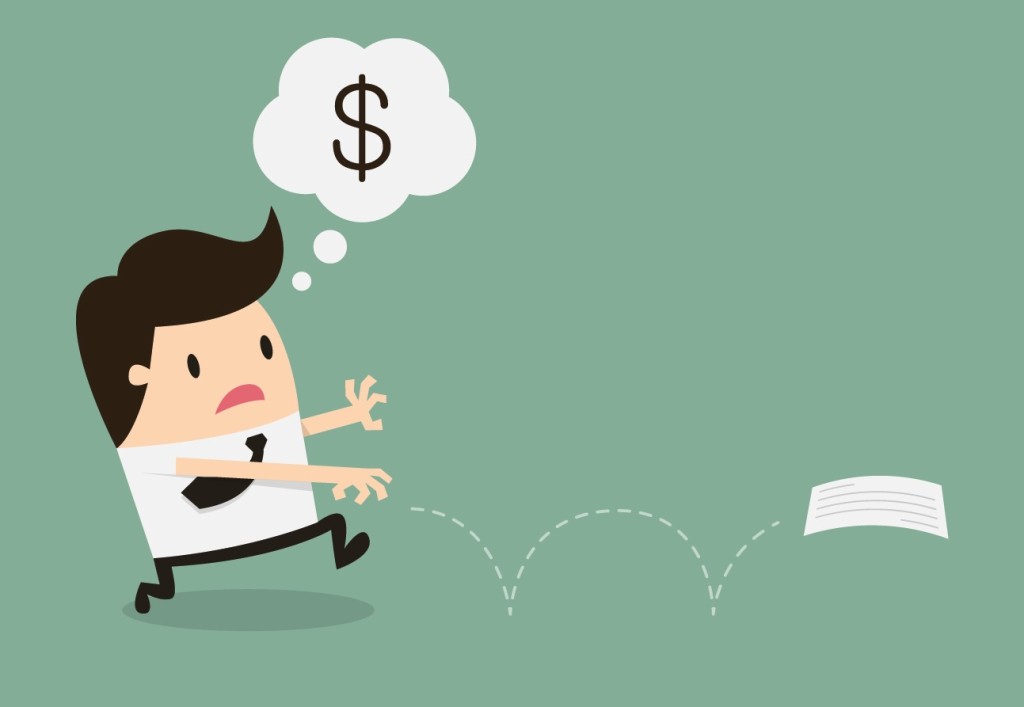 In the B2B marketing world, everyone is chasing the “hot lead.” But have you ever considered what goes into making a hot lead “hot”?
In the B2B marketing world, everyone is chasing the “hot lead.” But have you ever considered what goes into making a hot lead “hot”?
As a general rule of thumb, a “hot lead” is a potential customer with a real need, with the financial resources and incentive to pay for your product, who is at just the right stage of the sales cycle to commit to that final sale. But what does that mean online?
That’s where data comes into the picture. Data is so important because it takes all of your hunches, biases, estimations and gut feelings and assigns a cold, hard number to them.
For example, think about all the actions that a prospect might take on your website. He or she might check out a case study (if one is highlighted on the homepage), download a whitepaper, or watch a video. If there’s a blog on the website, he or she might read a few of the blog posts. But which one of these actions is the “hottest?
If you’re like most people, you’d probably guess that the “whitepaper download” or the “case study” was the best proof of a potential hot lead. That’s where you can check out the data to see if it matches your assumptions. When you check out the history of traffic on your website – even using a basic tool like Google Analytics – you can see where a prospect has been, which links they’ve clicked, and where they’ve entered and exited your website.
It’s important to explore further the set of steps that led the person to and from your site – especially the last page that the visitor went to before leaving your site. Maybe they’ve already been on your site and have clicked through every possible link before leaving. Maybe they “bounced” as soon as they arrived. Or maybe they just honed in on a specific section of your site.
Over time, you can compare this data with sales data to see if there’s any correlation. There’s likely a direct correlation, for example, between time spent on site and sales. That is, it’s much more likely that someone who spent 30 minutes on your website checking out your offerings is more likely to buy from you than someone who only spend 30 seconds on your website.
The last step, of course, is to put together a scoring system that assigns a value to each action taken online. Typically, these scoring systems assign a value between 1 and 10 to each action. So, clicking on “about us” might be worth 1 point, but downloading a whitepaper might be worth 10 points. And don’t forget to add social media into the equation – someone who is a big fan of yours on social media is most likely a much “hotter” lead.
Over time, you can put together a scoring system that includes both online and offline actions. You can add in demographic information. You can find the right mix of online behaviors that signal intent. And you can adapt the scoring system for the emergence of new social media platforms and networks.
When you’re done, you’ll have a very good idea of who’s hot and who’s not.
Image: Designed by Freepik
